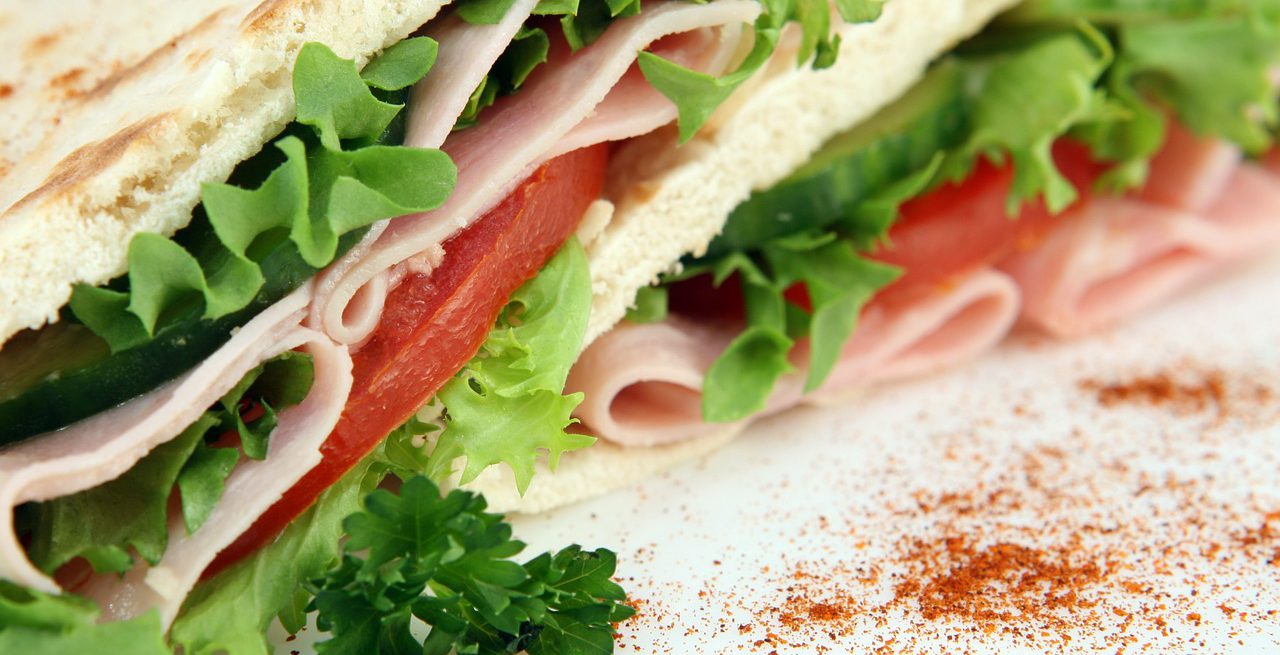Why Hand-Labeling Food at Restaurants Is a Bad Idea
2 Min Read By Ryan Yost
Concerned a few years ago about the rumors of mandated food labeling by the U.S. Food & Drug administration, a group of Subway franchisees decided to look at the way employees labeled foods and the efficacy of the process in terms of food rotation, adherence to expiration dates and more.
What they found caused them to abandon hand-labeling all together—nearly four years before the FDA’s regulations requiring calorie and nutrition count be clearly labeled on menus and grab-and-go foods.
It’s nice to be ahead of the curve sometimes. Here’s what they found (and why you should ditch writing by hand on the food you sell):
Smiley-faces
Employees enjoyed the doodling that hand-labeling allowed, often producing flowers and smiley faces. Nothing wrong with a hand-drawn flower, but that artwork added time to the labeling process and subtracted an employee from the shift.
Confusion
There were a few problems here. Writing on paper—and even masking tape at times—caused smearing if certain pens were used or if drying time wasn’t allotted. And the handwriting itself was hard to read. Was that a 7 or a 1? A 3 or an 8? If the employee who wrote the label wasn’t in the store, which was often the case, there was no way to tell for sure what the label said.
Risk
Use by” dates were also difficult to read. These dates are the difference between serving a good meal and making someone sick. The franchisees saw potential food safety and liability issues down the road that came with an enormous cost—both to the brand and to consumers. “Getting someone sick will cost a lot more than the price of automating the process and printing labels,” one franchisee said.
Automate It
The best solution was automation. The group began researching labeling systems that combined printers with a touchscreen interface, complete with a software application that tracked everything—ingredients, expiration dates, nutritional information and even food that was being thrown away and donated. The technology helped with keeping inventory costs in check.
Today, software is available that automates labeling and also imports scientifically calculated nutrition information from the outside to ensure compliance.
Because of Subway’s observation and attention to detail, the chain was in compliance far before it needed to be.


